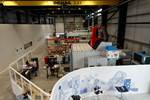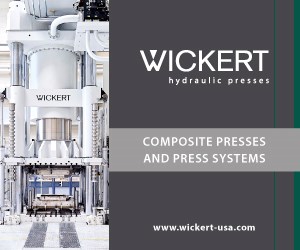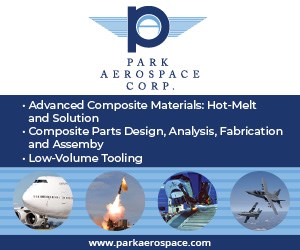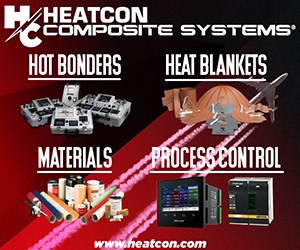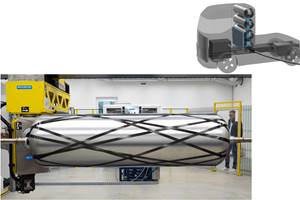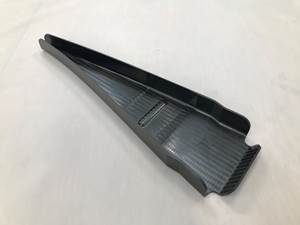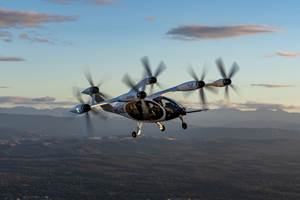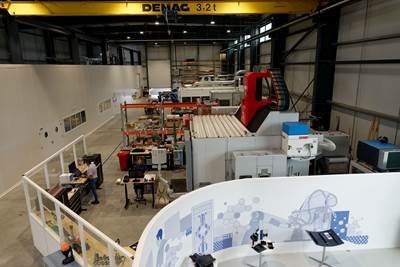NASA selects American companies for lunar landers, propulsion element
NASA has announced the companies that will conduct research and build prototypes, and build the PPE spacecraft for its Artemis missions.
NASA has announced 11 companies it will work with to conduct studies and produce prototypes of human landers for its Artemis lunar exploration program, as well as the company building the lunar Gateway’s power and propulsion element (PPE). This effort reportedly will help put American astronauts on the Moon’s south pole by 2024 and establish sustainable missions by 2028.
Through Next Space Technologies for Exploration Partnerships (NextSTEP) Appendix E contracts, the selected companies will study and/or develop prototypes during the next six months that reduce schedule risk for the descent, transfer and refueling elements of a potential human landing system.
NASA’s proposed plan is to transport astronauts in a human landing system that includes a transfer element for the journey from the lunar Gateway to low-lunar orbit, a descent element to carry them to the surface, and an ascent element to return to them to the Gateway. The agency also is looking at refueling capabilities to make these systems reusable.
The total award amount for all companies is $45.5 million. As NextSTEP is a public/private partnership program, companies are required to contribute at least 20% of the total project cost. This partnership will reduce costs to taxpayers and encourage early private investments in the lunar economy.
The companies currently announced are:
- Aerojet Rocketdyne (Canoga Park, Calif.): One transfer vehicle study;
- Blue Origin (Kent, Wash.): One descent element study, one transfer vehicle study, and one transfer vehicle prototype;
- Boeing (Houston, Texas): One descent element study, two descent element prototypes, one transfer vehicle study, one transfer vehicle prototype, one refueling element study, and one refueling element prototype;
- Dynetics (Huntsville, Ala.): One descent element study and five descent element prototypes;
- Lockheed Martin (Littleton, Colo.): One descent element study, four descent element prototypes, one transfer vehicle study, and one refueling element study;
- Masten Space Systems (Mojave, Calif.): One descent element prototype;
- Northrop Grumman Innovation Systems (Dulles, Va.): One descent element study, four descent element prototypes, one refueling element study, and one refueling element prototype;
- OrbitBeyond (Edison, N.J.): Two refueling element prototypes;
- Sierra Nevada Corporation (Louisville, Colo. and Madison, Wis.): One descent element study, one descent element prototype, one transfer vehicle study, one transfer vehicle prototype, and one refueling element study;
- SpaceX (Hawthorne, Calif.): One descent element study; and
- SSL (Palo Alto, Calif.): One refueling element study and one refueling element prototype.
Separately, NASA also announced on May 23 that Maxar Technologies (Westminster, Colo.) will be the contractor for the PPE for the lunar Gateway, one of the earliest phases of the project.
The power and propulsion element reportedly is a high-power, 50-kilowatt solar electric propulsion spacecraft, said to be three times more powerful than current capabilities. As a mobile command and service module, the Gateway will provide communications during lunar expeditions.
“To accelerate our return to the Moon, we are challenging our traditional ways of doing business. We will streamline everything from procurement to partnerships to hardware development and even operations,” says Marshall Smith, director for human lunar exploration programs at NASA Headquarters. “Our team is excited to get back to the Moon quickly as possible, and our public/private partnerships to study human landing systems are an important step in that process.”
Related Content
Cryo-compressed hydrogen, the best solution for storage and refueling stations?
Cryomotive’s CRYOGAS solution claims the highest storage density, lowest refueling cost and widest operating range without H2 losses while using one-fifth the carbon fiber required in compressed gas tanks.
Read MoreASCEND program update: Designing next-gen, high-rate auto and aerospace composites
GKN Aerospace, McLaren Automotive and U.K.-based partners share goals and progress aiming at high-rate, Industry 4.0-enabled, sustainable materials and processes.
Read MoreWelding is not bonding
Discussion of the issues in our understanding of thermoplastic composite welded structures and certification of the latest materials and welding technologies for future airframes.
Read MorePlant tour: Joby Aviation, Marina, Calif., U.S.
As the advanced air mobility market begins to take shape, market leader Joby Aviation works to industrialize composites manufacturing for its first-generation, composites-intensive, all-electric air taxi.
Read MoreRead Next
“Structured air” TPS safeguards composite structures
Powered by an 85% air/15% pure polyimide aerogel, Blueshift’s novel material system protects structures during transient thermal events from -200°C to beyond 2400°C for rockets, battery boxes and more.
Read MoreVIDEO: High-volume processing for fiberglass components
Cannon Ergos, a company specializing in high-ton presses and equipment for composites fabrication and plastics processing, displayed automotive and industrial components at CAMX 2024.
Read MorePlant tour: Daher Shap’in TechCenter and composites production plant, Saint-Aignan-de-Grandlieu, France
Co-located R&D and production advance OOA thermosets, thermoplastics, welding, recycling and digital technologies for faster processing and certification of lighter, more sustainable composites.
Read More
.jpg;width=70;height=70;mode=crop)


